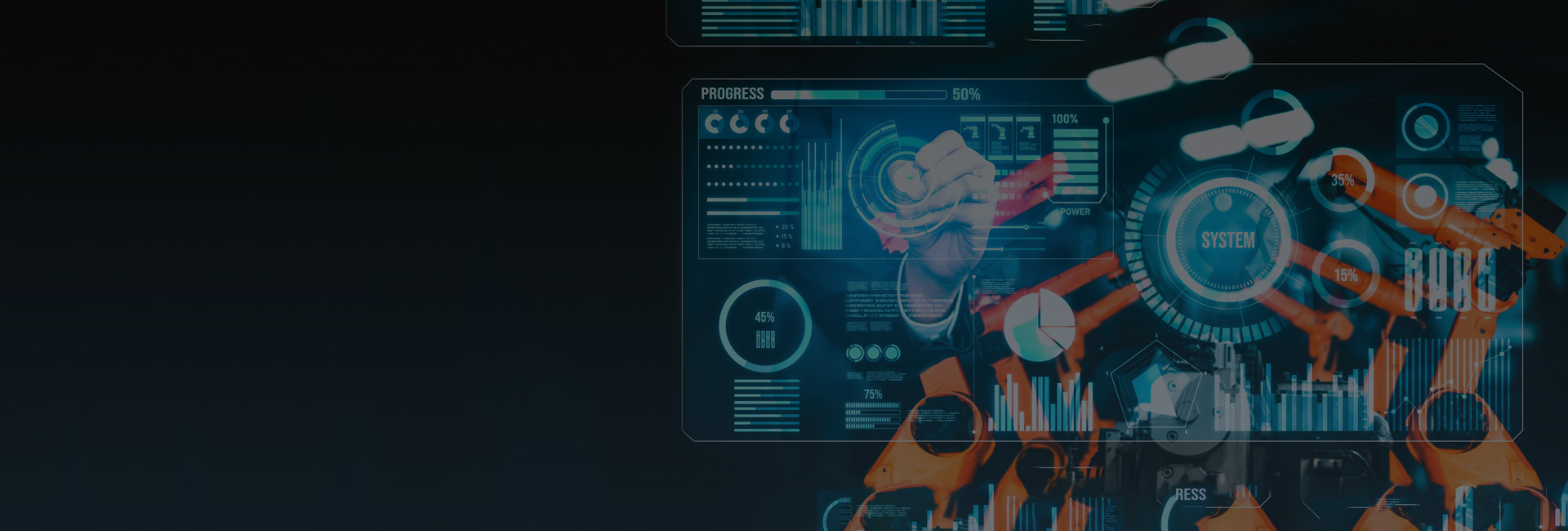A smart home automation system provides automatic and manual control of intelligent electronic devices in the home. It can include devices and systems such as thermostats, fans, underfloor heating, light, and boiler controls, and more.
Each pre-programmed device is equipped with sensors and connected via wired (DALI, KNX, BACnet) and wireless interfaces (Wi-Fi, Bluetooth, LoRa, Zigbee), so users can remotely control them from smartphones.
This technology allows users to schedule automatic activation of lights and appliances, control the temperature, store and provide the user with a lot of information about their home, and ultimately help save money.








